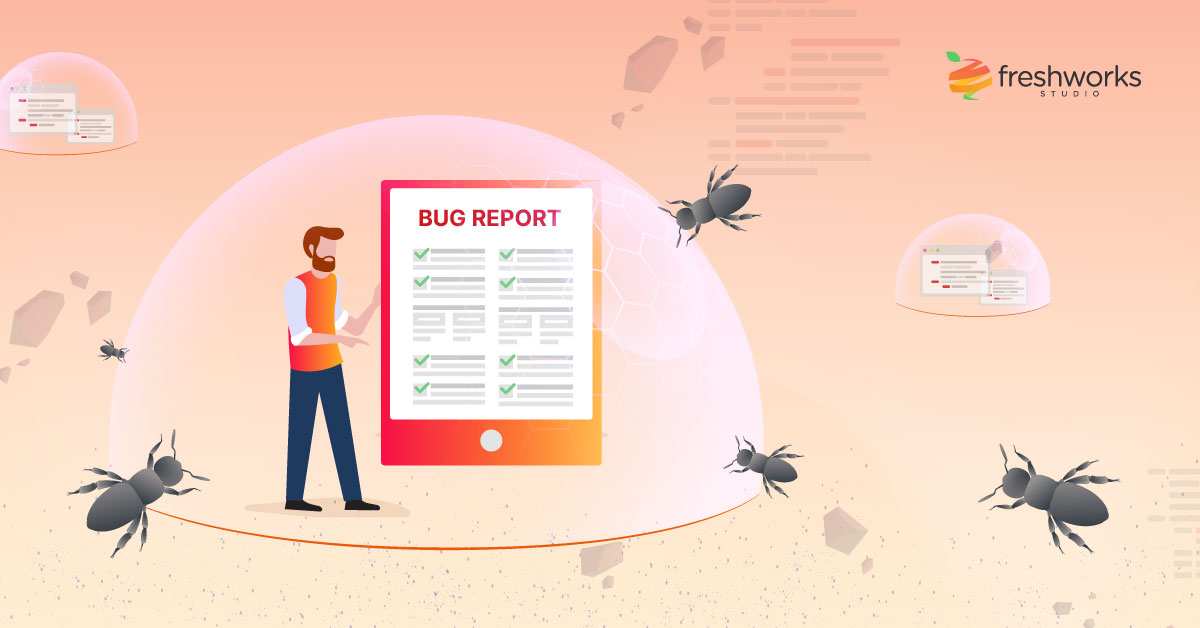Software testing is the wholesome process of evaluating a system/product or its component(s) with an intent to find whether it satisfies the specified requirements demanded from users or the client.
Quality Assurance (QA) focuses on improving the overall processes, carving the beauty of the UI/UX designs, in conjunction with sophisticated code development, to deliver quality products to the end-users. Strong QA practices are just as important as user research, interface design, or code development for any client engagement.
In other words, implementing quality assurance in the software development lifecycle is an integral part of any project. It helps to reduce costs by improving efficiency and reducing bugs while greatly enhancing the customer experience.












You must be logged in to post a comment.